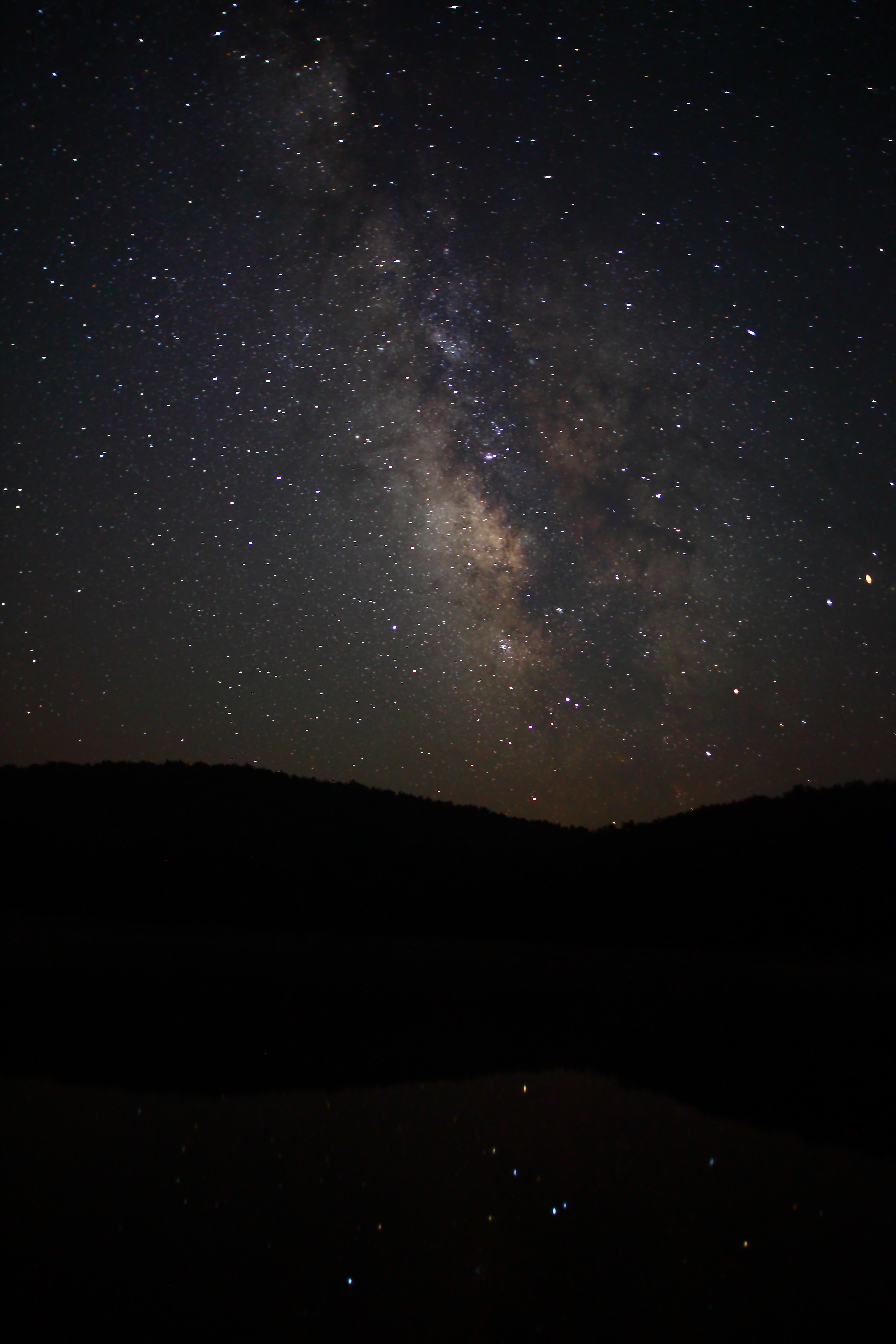What’s Up Now
While you’re still digesting the last post about galaxies, let’s do a little stargazing. It’s one of the few free things you can go out and do without a lot of equipment. In fact, all you need are your eyes, some warm clothes, a place away from bright lights, and the willingness to simply gaze at the sky awhile.
I do a monthly skygazing video for Astrocast.TV, and you can watch it here to find out the highlights of July’s observing.

“Losing the Dark”
The Milky Way, along with a great many other celestial sights that we used to take for granted seeing is largely disappearing from our view due to excessive light pollution, particularly in the cities. Even where I live, light pollution isn’t completely cut off by the mountains that lie between me and the nearest big city. Still, I can see the Milky Way, and I think that everybody should be able to see it.
This is why I got involved with the International Dark-Sky Association as a member, and now I serve as a member of the group’s Education Committee. I also spent last year working on a video for the group that can be used by anybody who wants to reach out and help mitigate problems of light pollution. It’s available free of charge in “flatscreen” HD format from the IDA, and also as a free download for most fulldome and all classic planetariums from Loch Ness Productions.
The IDA is the premier light-pollution mitigation advocacy group in the world. Their Web page is chock full of useful tips and information about helping to ease the scourge of light pollution. Their goal is to advocate for wise use of lighting, and many communities are starting to see the advantages of wisely deploying lighting, staying safe, but preserving the health of humans and wildlife as well as returning our starry skies to us.
Stargazing is a sublime pleasure in life. People have been doing it throughout history, and astronomy was our first science. In a very real sense, if and when you go stargazing this summer, you will be extending our historical interest in the skies. Plus, it’s just an inspiring and interesting thing to do. So, get out there and check out the skies! And, come back and share your experiences in comments! (I moderate comments, but I check every day and I will share any useful and germane comments you write.)
